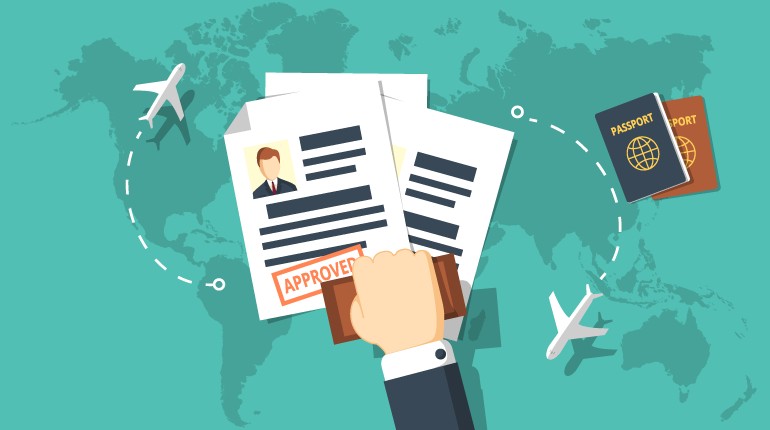In today's fast-paced world, the significance of packaging cannot be overstated. Among the various packaging solutions, cardboard boxes stand out for their versatility, durability, and eco-friendliness. At the heart of the cardboard box industry lies a pivotal innovation: the cardboard box machine. This article delves into the evolution, technology, and impact of these machines, illuminating their crucial role in manufacturing and logistics.
A Brief History of Cardboard Box Manufacturing
The roots of cardboard box manufacturing can be traced back to the mid-19th century. Initially, cardboard was manufactured as a single layer of material, primarily used for packaging fragile items and delicate goods. As commerce expanded and the need for sturdy, lightweight packaging grew, innovations ensued.
The invention of the first corrugated cardboard in 1856 revolutionized the packaging industry. This new material, consisting of a fluted layer sandwiched between two liners, offered enhanced strength and protection. As demand surged, manufacturers began to develop machines specifically designed to produce cardboard boxes on a large scale. This marked the inception of cardboard box machines, which have since undergone considerable advancements.
The Technology Behind Cardboard Box Machines
Modern cardboard box machines are marvels of engineering, combining sophisticated technology with user-friendly operations. These machines are designed to take large sheets of cardboard, process them, and ultimately produce finished boxes ready for packing and shipping.
Key Components
1. Feeding Mechanism: The initial stage involves feeding flat sheets of cardboard into the machine. This process is automated, allowing for high-speed production, reducing manual labor, and enhancing efficiency.
2. Cutting and Creasing: Once fed into the machine, the cardboard is cut and creased according to predetermined dimensions. This process ensures that the boxes can fold into the desired shape, providing structural integrity while remaining easy to assemble.
3. Folding and Gluing: After cutting, the sheets are folded into box shapes. Advanced machines utilize hot melt or water-based adhesives to secure the seams, offering a reliable seal.
4. Printing and Branding: Many machines are equipped with printing capabilities, allowing manufacturers to add branding or important information directly onto the boxes. This not only enhances branding but also reduces the need for secondary operations.
5. Quality Control: Modern cardboard box machines incorporate quality control systems to monitor the production process. This ensures that only boxes meeting specific standards are sent out, which is crucial for industries where packaging integrity is paramount.
Automation and Efficiency
One of the most significant advancements in cardboard box machines is automation. With the integration of robotics and artificial intelligence, these machines can operate with minimal human intervention, allowing for higher productivity levels. Automating the packaging process helps companies reduce turnaround times, minimize waste, and cut labor costs.
Sustainability Considerations
As sustainability becomes a priority for businesses and consumers alike, cardboard box machines are adapting to meet these eco-friendly demands. Many modern machines are designed to work with recycled materials, ensuring that the production process aligns with green initiatives. Moreover, cardboard boxes themselves are easily recyclable, making them an environmentally responsible choice for packaging.
The Economic Impact of Cardboard Box Machines
The cardboard packaging industry contributes significantly to the global economy. As e-commerce continues to expand—with global online retail sales projected to surpass $6 trillion by 2024—the demand for cardboard boxes is increasing. Cardboard box machines play a crucial role in meeting this demand.
By streamlining production, these machines enable manufacturers to respond swiftly to market trends. They facilitate the quick turnaround of custom packaging solutions, allowing businesses to scale up or down based on consumer needs. Moreover, the efficiency offered by automated systems contributes to reduced production costs, which can be passed on to consumers, ultimately benefiting the entire supply chain.
Conclusion: A Packaging Powerhouse
Cardboard box machines are more than just tools for manufacturing; they are vital components of a vast global supply chain. As technology continues to evolve, the capabilities and functionalities of these machines will likely expand even further.
In a world increasingly focused on sustainability and efficiency, the cardboard box machine stands as a testament to human ingenuity. By transforming raw materials into essential packaging solutions, these machines not only drive economic growth but also pave the way for a greener, more sustainable future in packaging. As we look ahead, one thing is clear: cardboard box machines will continue to play an integral role in shaping the landscape of packaging for years to come.








